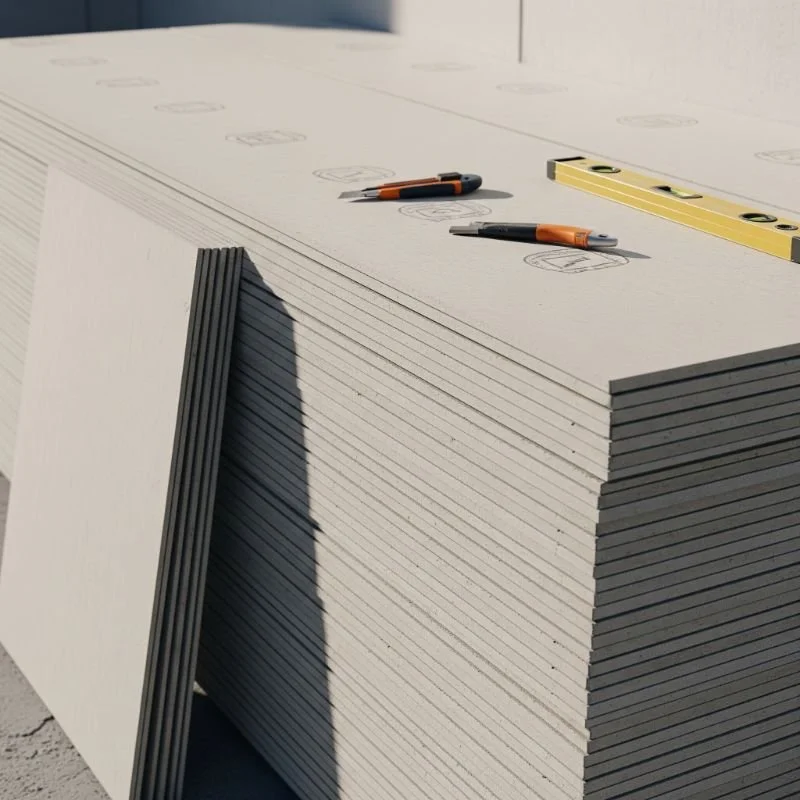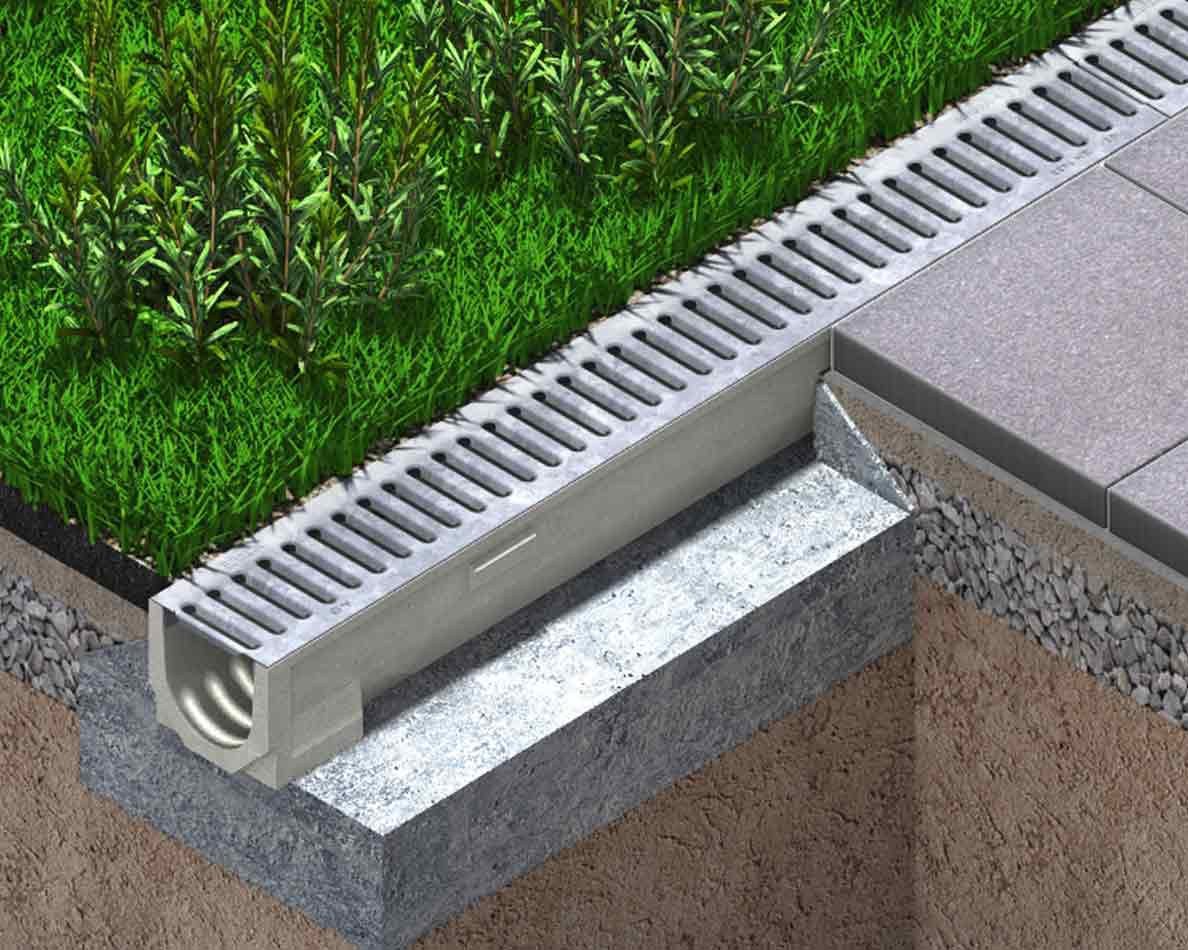From Trash to Treasure: Upcycled Materials Dominating 2025 Kitchen Designs
Discover how upcycled materials are transforming 2025 kitchen designs, bringing sustainable style and unique character to modern homes.
The kitchen transitioned from practical functionality into the core zone of sustainable architecture design. The year 2025 marks a turning point as homeowners, together with designers, have begun adopting circularity as a design concept that extends useful materials into important functional objects while decreasing waste. The transformation goes beyond visual appeal because it responds to construction and demolition waste, which generates 12% of worldwide carbon emissions. Upcycling has become essential in kitchen development trends because it joins responsible practices with creative opportunities. The kitchen space has evolved into a display of sustainability through innovative conversions of factory beams into islands and smartphone crushed material transformations into countertops. Let’s explore how this trend is reshaping the heart of the home.
What Are Upcycled Materials? Beyond Recycling
Recycling destroys materials to produce raw elements, but upcycling takes discarded materials to make entirely new valuable items that retain their original structural wholeness. The new purpose of old barn wood through creative transformation produces modern cabinets of attractive appearance, and glass bottles become terrazzo-inspired surfaces. By employing this recycling process, designers create two benefits: they cut down landfill waste while simultaneously reducing carbon pollution, and they introduce distinctive space character.
Why Upcycling?
Environmental Impact: Upcycling leads to lowered CO₂ emissions compared to manufacturing new materials since it avoids the energy-intensive manufacturing processes.
Economic Savings: Using recovered materials costs less than 40 percent of fresh product prices and ranges from two-fifths to four-fifths cheaper than original materials.
Aesthetic Uniqueness: Upcycled objects derive their stories from what aging has done to their surfaces as well as their industrial design characteristics.
2025’s Top Upcycled Materials for Kitchens
A. Reclaimed Wood: Rustic Meets Refined
The targeted demolition site generates reclaimed timber, which has become essential for modern kitchen designs. Designers are using it for
Floating Shelves: Adds warmth to minimalist designs.
Statement Islands: Matching it with concrete or metal will create visual distinction.
Ceiling Beams: Uncut charm enters open concept areas through this material choice.
Pro Tip: The best practice for finding suppliers who operate ethically is to check for FSC certification. Residents of the Pacific Northwest can simplify their journey to acquire and implement reclaimed materials through collaboration with a Kitchen remodeling contractor in Kirkland WA.
B. Recycled Glass Countertops: Art Underfoot
Modern household countertops develop their gleaming appearance after broken glass items are combined either with cement-based or resin-based adhesive. Brands are innovating with:
Colorful Mixes: Glass recycling pulls out blues from beverage bottles, while old window panes provide greens.
Textured Finishes: A matte finish, glossy complete, or metallic fleck-embedded surface effect can be achieved on such countertops.
C. Repurposed Metals: Industrial Elegance
References to metal scrap have discovered contemporary uses across various applications:
Backsplashes: Hammered copper or patinated brass panels.
Hardware: The creation of cabinet handles through the forging process uses bicycle chain components as well as machinery parts.
Lighting Fixtures: Light fixtures made from recovered steel drum components function as pendants.
Numerous designers obtain their plumbing and electrical light fixtures from reputable stores like homedepot.com that provide a broad range of sustainable products.
D. Composite Materials: Waste Not, Want Not
The combination of waste materials obtained from agricultural sectors and industries results in superior surface products.
Breakthrough Materials:
Rice Husk Cabinets: Rice husks from agricultural production obtain water-resistant character after resin compression.
Ocean Plastic Countertops: The company Cristalite converts plastic pollutants found at sea into beautiful marble-like materials.
Performance:
The material performance surpasses conventional alternatives; for instance, coconut shell composites demonstrate 30% greater strength magnitude than oak.
Design Innovations: Blending Tech and Tradition
The kitchens of 2025 use recycled materials together with state-of-the-art technological solutions.
Smart Integration: Homeowners can find functioning wireless chargers installed inside crafted recycled wood islands together with hidden touch-operable storage compartments.
Modular Design: Reusable shipping pallets become the foundation of cabinets, which can be reorganized to suit changing needs.
Biophilic Touches: Kitchen counters containing recycled cork offer attractive surfaces along with built-in natural insulation properties.
Case Study:
The kitchen design released by a Brooklyn firm combines crushed oyster shell countertops with cabinets made from retired subway cars.
Challenges and Solutions in Upcycled Kitchen Design
A. Sourcing and Consistency
Challenge: Obtaining identical materials for extensive construction works becomes difficult.
Solution: Specialized salvage yards along with digital platforms that organize upcycled inventory need to be partnered up.
B. Durability Concerns
Challenge: Ensuring materials withstand daily wear.
Solution: A finish of low-VOC paint or engineered durability composite materials should be applied to reclaimed wood.
C. Cost Misconceptions
Myth: Upcycled = cheap.
Reality: Sustainability and durability inquiries mandate an initial cost increase, which produces sustainable price reductions later on.
The Future of Upcycled Kitchens: Beyond 2025
Modern design philosophy under circular economy influence will generate exceptional sustainable kitchen innovations for future implementation. Modern scientists will unite these fields to produce bio fabricated materials that substitute traditional resources in the upcoming era. The root structure of mushrooms, called mycelium, could multiply into durable, compostable surfaces that dissolve completely as they reach their end of lifespan.
The deployment of AI-powered designing software will transform waste recovery by implementing programming analysis of demolition and manufacturing waste for custom reconstruction plan development. The application scans damaged materials to recommend how these can become backsplash and island support elements and exhibits cost reductions and reduced environmental impact.
Homeowners through local communities will access material libraries to swap their unused construction materials instead of sending them to the landfill. Such programs allow people to reduce waste dramatically through designing teamwork environments. Several innovations join forces to create sustainable luxury-based living spaces that demonstrate the future merger of transformative methods with strategic developments.
Conclusion
Upcycled materials in kitchens of 2025 represent a wider movement of conscious consumption in the world. Designers convert waste to become remarkable areas that blend sustainability with visual excellence. Kitchen elements constructed from reclaimed materials allow homeowners to demonstrate their view of luxury through furnishings that include recycled materials for countertops and breakfast nooks. For those seeking guidance, trusted home improvement services offer expertise in blending sustainability with cutting-edge design.








